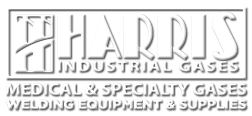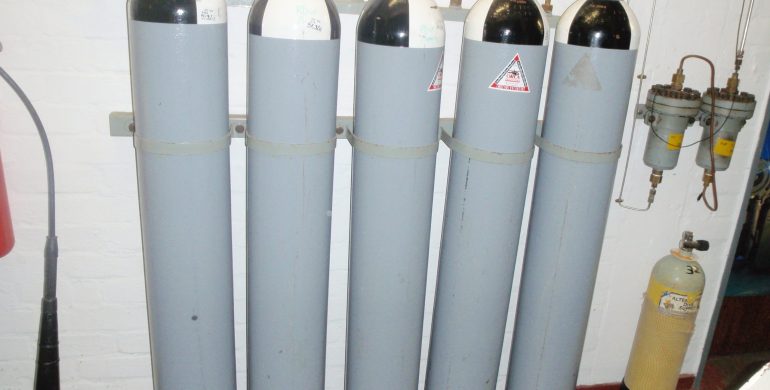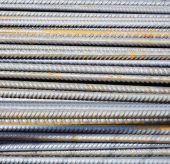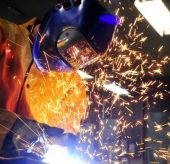Safety Practices and Regulations in the Industrial Gas Industry
Sacramento Sparks Reno Welding Supply
Handling, storing, and transporting industrial gases involves significant safety risks due to their potential hazards, such as flammability, toxicity, and high pressure. To mitigate these risks, strict safety practices and regulations govern every aspect of working with industrial gases. Adherence to these guidelines is crucial for preventing accidents, ensuring the safety of workers, and protecting the environment.
Key Safety Practices
The safe handling of industrial gases starts with proper employee training. Workers must be familiar with the characteristics of the gases they are working with, including whether they are flammable, toxic, or corrosive. Personal protective equipment (PPE) such as gloves, face shields, and respirators is essential when working with certain gases. Additionally, gas cylinders should always be stored upright and secured to prevent tipping, as falling cylinders can rupture and cause dangerous leaks.
Proper ventilation is also crucial, particularly when working with gases that can displace oxygen or are harmful when inhaled. Adequate ventilation helps reduce the risk of asphyxiation and ensures the workspace remains safe for workers.
Storage and Transportation
Industrial gases must be stored in well-ventilated areas, away from sources of heat or open flames. It is essential to segregate incompatible gases—such as oxidizers and flammable gases—by using separate storage areas or barriers. Transportation of gas cylinders requires secure strapping to prevent movement during transit. Furthermore, all cylinders must be labeled clearly to indicate their contents and potential hazards, ensuring that workers and emergency responders can take appropriate actions in case of an accident.
Regulatory Changes
Recent regulatory updates have focused on enhancing safety and environmental standards in the industrial gas industry. The U.S. Occupational Safety and Health Administration (OSHA) and the Environmental Protection Agency (EPA) have introduced stricter requirements for gas leak detection, monitoring, and reporting. Additionally, the European Union revised its ADR regulations, tightening rules on the transportation of hazardous materials.
For businesses, these changes mean increased investment in safety equipment, more comprehensive employee training programs, and stricter compliance audits. While the initial cost may be significant, these regulatory improvements help reduce workplace accidents, improve public safety, and minimize environmental harm, ultimately benefiting both workers and businesses in the long run.





